Wrist Proprioception Intervention Ideas: By Ammie Ingwaldson
Lack of wrist proprioception exercises can affect clients in the hand therapy setting with neurological and musculoskeletal conditions. Proprioception limitations are found in common conditions such as carpal tunnel syndrome, distal radius fracture, and CRPS (Valdes, Naughton & Algar, 2014). Proprioception is necessary during daily tasks to provide joint control and stability through conscious and unconscious effort (Hagert, 2010). The following intervention ideas can be used to facilitate wrist proprioception. These products are not affiliated with Hand Therapy Partners, links to outside vendors are provided below. These products can be used for various hand proprioception exercises.
Ball in a Cup
Place small rubber or metal balls cup that can be held comfortably in one hand. The goal of the activity is to roll the balls clockwise and counter clockwise by just moving the wrist. The client’s elbow should be stabilized to isolate the wrist (Valdes, Naughton & Algar, 2014).
Powerball

The Powerball is a gyroscope that exerts multidirectional inertia for the muscles of the wrist joint (Hagert, 2010). The ball is wound within the device to start, then the patient must use the tactile feedback from the ball to maintain and increase the speed of the inner ball. The Powerball can also be useful for building muscle endurance for the wrist and hand.
Wooden disk stacker

This activity is a favorite at our clinic. This seemingly simple toy provides patients with the challenge of stacking wooden disks with slight wrist motions and sustained grasp on the handle.
Smart phone applications
Smartphone applications, such as Labyrinth, require wrist proprioception and coordinated response from the patient (Algar, Valdes, 2014). The applications can be used to facilitate active wrist movement, proprioception, and wrist range of motion.
Balance exercise on ball
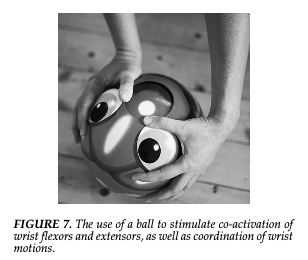
This activity requires slow and controlled responses of the patient to balance with both hands on a ball. The sustained balance on the ball requires simultaneous use of the flexors and extensors of the wrist while weight bearing through the upper extremities (Hagert, 2010).
References
Algar, L., & Valdes, K. (2014). Using smartphone applications as hand therapy interventions. Journal of Hand Therapy, 27(3), 254-257. http://dx.doi.org/10.1016/j.jht.2013.12.009
Hagert, E. (2010). Proprioception of the wrist joint: a review of current concepts and possible implications on the rehabilitation of the wrist. Journal of Hand Therapy, 23(1), 2-17. doi:10.1016/j.jht.2009.09.008
Valdes, K., Naughton, N., & Algar, L. (2014). Sensorimotor interventions and assessments for the hand and wrist: a scoping review. Journal of Hand Therapy, 27(4), 272-286. http://dx.doi.org/10.1016/j.jht.2014.07.002
Product links
Powerball
https://powerballs.com/shop/powerball-280-autostart-classic
Wooden disk stacker
Smart phone applications
4 Comments
Leave a Comment
More To Read
Which orthosis design is better for zone 5-6 extensor tendon injuries, a relative motion orthosis compared to a dynamic extension orthosis?
M. Buhler, ˝ D. Gwynne-Jones, M. Chin et al., (2023) Are the outcomes of relative motion extension orthoses noninferior and cost-effective compared with dynamic extension orthoses for management of zones V-VI finger extensor tendon repairs: A randomizedcontrolledtrialJournalofHandTherapy. The Skinny: The aim of this study was to compare the data for two different types of orthoses…
Read MoreHand Pain in Pregnancy and the New Parent
By: Rachel Reed The transition to parenting can be difficult on a mother or parent’s body, especially when considering the increase in repetitive hand use required to care for a baby. The most common upper extremity conditions that develop during pregnancy and postpartum are carpal tunnel syndrome and de Quervain’s tenosynovitis (Wagner, 2019). Frequently, new…
Read MoreDo you know the secret ingredient to recovering from an injury?
Do you know the secret ingredient to recovering from an injury? I will give you a hint it is 5 letters and begins with the letter S. SLEEP Have you ever asked yourself a question – does sleep help injuries heal? This is for you to share with your patients but also serve as a…
Read MoreScar Wars: Scar Management Techniques
We will briefly discuss Scar Management Options and Techniques
Read MoreSign-up to Get Updates Straight to Your Inbox!
Sign up with us and we will send you regular blog posts on everything hand therapy, notices every time we upload new videos and tutorials, along with handout, protocols, and other useful information.


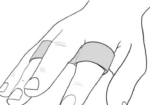
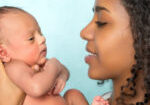
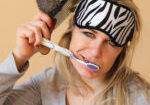
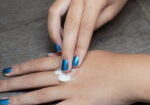

What position is the pt in for tha balance on a ball exercise?
Love these ideas! Thanks
Debbie
You can grade the activity.
The easiest being the ball on a table
second would be on the wall
and 3rd would be on the floor with the patient prone
good afternoon!
where can I buy these two equipments to deliver in Brazil.
thanks!
Emília Póvoas
amazon